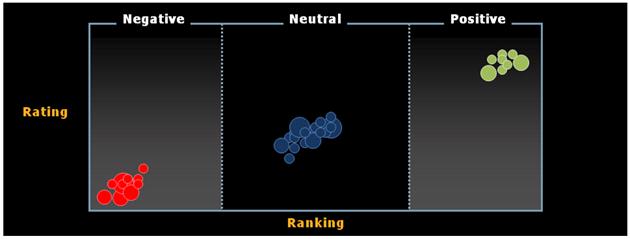Posted by: Mark Upson
Like any CEO worth his salt, I look for ways to better understand which prospects and customers are my best sources of revenue. I’m constantly concerned with understanding the drivers of loyalty. In a subscription business, this job is extra tricky. Because of the decoupled nature of purchase and fulfillment, subscriber loyalty can change and adjust over time due to many factors—without an immediate effect on revenue.
So how do you get more insight into loyalty drivers? The answer is Demand Ranking™, a statistical qualification of Demand Rating™. While Demand Rating creates the ability to compare demand between customers over time, Demand Ranking enables you to discover the drivers behind subscriber loyalty. Demand Ranking is a quality score that tells you whether a Demand Rating is high or low. Essentially, Demand Ranking tells you whether a subscriber’s demand rating is good or bad in terms of future revenue potential from that subscriber.

It is this statistical grouping that can provide P&L owners of recurring revenue businesses powerful new insights. By examining Demand Rankings based on different aspects of the business (e.g., demographics, usage, and spend), it becomes apparent what the drivers to loyalty are, enabling the P&L owner to better understand and direct revenue generation initiatives.






